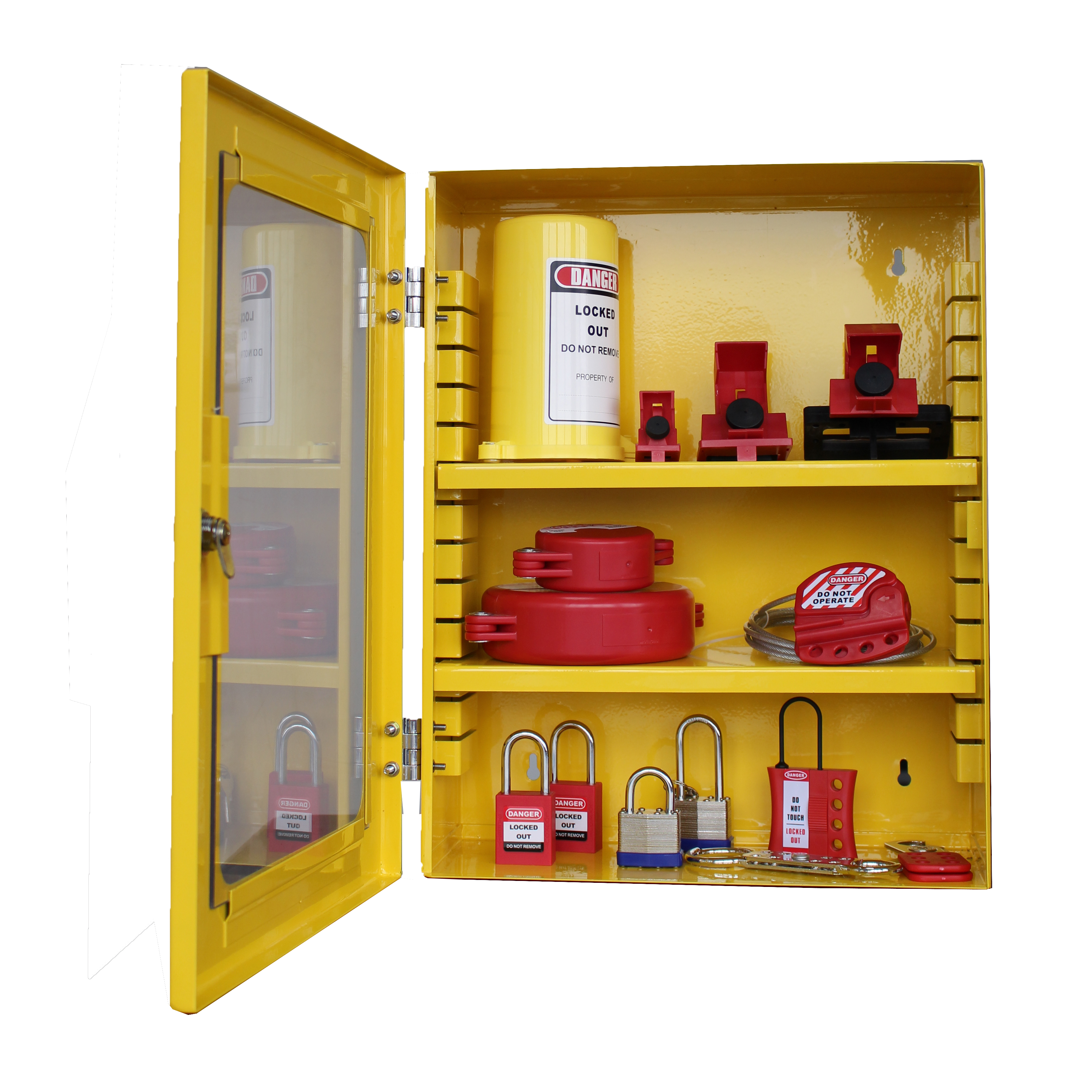Disk display (referred to as RAID: Redundant Arrays of Inexpensive Disks, also known as cheap disk redundancy display). RAID technology mainly includes several specifications such as RAID0 ~ RAID7, and their emphases are different. Here are some common specifications: RAID0: RAID0 continuously divides data in units of bits or bytes and reads / writes on multiple disks in parallel, so it has a high data transfer rate, but it does not have data redundancy, so it cannot be considered a true RAID structure. RAID0 simply improves performance and does not provide guarantee for data reliability, and the failure of one of the disks will affect all data. Therefore, RAID0 cannot be used in applications with high data security requirements. RAID1: It realizes data redundancy through disk data mirroring, and generates mutually backup data on pairs of independent disks. When the original data is busy, the data can be read directly from the mirror copy, so RAID1 can improve the read performance. RAID1 is the highest unit cost in the disk display, but provides high data security and availability. When a disk fails, the system can automatically switch to the mirrored disk for reading and writing without reorganizing the failed data. RAID 0 + 1: Also known as the RAID 10 standard, it is actually a combination of RAID 0 and RAID 1 standards, which continuously divides data in bits or bytes and reads / writes to two disks in parallel, for each disk Make disk mirroring for redundancy. Its advantage is that it has both the extraordinary speed of RAID0 and the high reliability of RAID1 data *, but the CPU usage is also higher, and the disk utilization rate is relatively low. RAID5: RAID5 does not specify parity disks individually, but cross-accesses data and parity information on all disks. On RAID5, the read / write pointer can operate on the display device at the same time, providing higher data traffic. RAID5 is more suitable for small data blocks and random read and write data. The main difference between RAID3 and RAID5 is that each data transfer of RAID3 needs to involve all display disks. For RAID5, most data transfers only operate on one disk and can be operated in parallel. There is a "write loss" in RAID5, that is, each write operation will generate four actual read / write operations, in which the old data and parity information are read twice, and the new data and parity information are written twice. RAID7: This is a new RAID standard. It has an intelligent real-time operating system and software tools for storage management. It can run completely independently of the host and does not occupy host CPU resources. RAID7 can be seen as a storage computer (Storage Computer), which is clearly different from other RAID standards. In addition to the above standards (see Table 1), we can combine multiple RAID specifications like RAID 0 + 1 to construct the required RAID display. For example, RAID 5 + 3 (RAID53) is a widely used display form. Users can generally obtain a disk storage system that better meets their requirements by flexibly configuring disk display.
This
Master Lockout Station are made from surface high temperature spraying plastic treatment
steel. The station is multifunctional for all kinds of lockouts. This Lockout Station is very strong and
durable.
Steel lockout stations ensure proper storage of lockout devices for easy accessibility. They provide a great way to organize and centralize lockout activity. These stations are sold without lockout tagout (LOTO) equipment included, making them a cost effective way to supplement your current LOTO equipment or customize your own kit.
Steel Lockout Station,Master Lockout Station,Steel Lock Station,Master Lock Lockout Station Lockey Safety Products Co., Ltd. , https://www.lotolockey.com


Introduction to Disk Display Technology